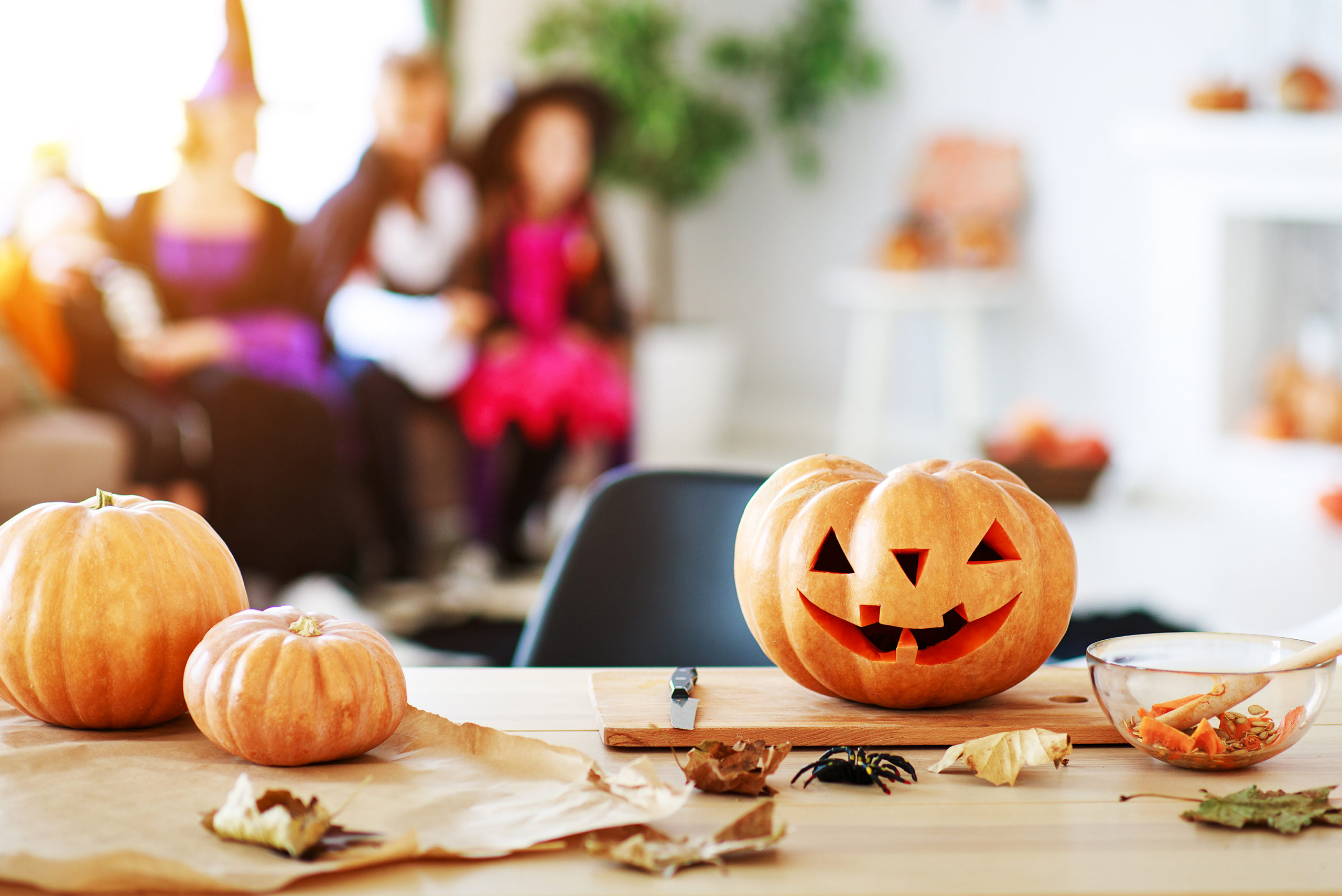As with many celebrations, Halloween is steeped in traditions — and many can be traced back quite some time. Since Halloween is believed to have originated from Celtic pagan, ancient Roman and early Christian events, its traditions are varied. Here’s a look at some traditions associated with Halloween.
Carving pumpkins
Removing the insides of pumpkins and carving them into funny or fearsome faces may be messy work, but it’s tradition on Halloween. Turnips were the material of choice in ancient Ireland but were replaced by pumpkins when immigrants came to America. The “lanterns” were made with scary faces and lit to frighten away spirits.
Trick-or-treating
Christianity spread throughout Celtic regions and blended with other rituals. Pope Gregory III expanded on a holiday Pope Boniface IV established to honor Christian martyrs to include all saints and martyrs. All Saints Day on Nov. 1 commemorates the venerable saints, and All Souls Day on Nov. 2 celebrates loved ones who went on to eternal rest. All-Hallows Eve (Halloween) was a time to pay homage to the dead. Poor children would go door to door in more affluent neighborhoods offering to say prayers for residents’ deceased loved ones in exchange for some food or money. This was known as “souling,” which became the basis for trick-or-treating. Later the tradition became known as “guising” in areas of Scotland, where children would go around in costumes.
Bobbing for apples
Bobbing for apples is not quite as popular as it once was, as more people are concerned about spreading germs. During the Roman festival for Pomona, which occurred around Nov. 1, Pomona, the goddess of fruit and orchards, was celebrated. Romans believed the first person to catch a bobbing apple with their teeth would be the first to marry. It also was believed apple peels contained the secrets to true love.




